More than a decade after the publication of Living the Edges: A Disabled Woman’s Reader, the lives of women with disabilities have not changed much. Still Living the Edges provides a timely follow-up that traces the ways disabled women are still on the edges, whether that be on the cutting edge, being pushed to the edges of society, or challenging the edges—the barriers in their way. This collection brings together the diverse voices of women with various disabilities, both physical and mental, from nations such as Canada, the United States, Australia, Russia, the United Kingdom, and Zimbabwe. Through articles, poetry, essays, and visual art, disabled women share their experiences with employment, relationships, body image, sexuality and family life, society’s attitudes, and physical, sexual, and emotional abuse. In their own voices, they explore their identity as women with disabilities, showcasing how they continue to challenge the physical and attitudinal barriers that force them to the edges of society and instead place themselves at the centre of new and emerging narratives about disability.
“I am recommending Still Living the Edges because I see myself in the pages. It is beyond lyrical, laughable and likeable. It includes leaders, legislation and loyalty. It captures our stories in poetry, art and narrative plus surprising highlights of shared barriers, stereotypes and marginalisation because we are women living with our disabilities – regardless of the label our disabilities are given. This book highlights our struggle to be mothers, lovers and others. Our roles in voicing issues that impact on our lives, sharing our history, and at times untold secrets hidden in the past and the present. Read it, learn.”
—Pat Danforth, Founding Member, DisAbled Women’s Network (DAWN) Canada
“In Still Living The Edges, Dr. Driedger provides an eclectic lens for the reader to challenge their personal experiences and bias through the expertise of the contributors. This impressive selection of stories and testimonials, articles, poems, and prose keeps you engaged and provides insights from an intersectional framework! I was personally enthralled with each contribution and took away a broadened perspective of how life impacts each of us very differently, as we continue to strive towards a barrier-free society.”
—Kathy J. Hawkins, President, DisAbled Women’s Network (DAWN) Canada
This publication meets the EPUB Accessibility requirements and it also meets the Web Content Accessibility Guidelines (WCAG-AA). It is screen-reader friendly and is accessible to persons with disabilities. This is a simple book with some images, which is defined with accessible structural markup. This book contains various accessibility features such as alternative text for images, table of contents, page-list, landmark, reading order and semantic structure.
*These EPUB and PDF Publications meet all accessibility requirements and achieve [WCAG 2.0] Level AA conformance.

Introduction- Diane Driedger
Who We are on the Edges
Deaf Out Loud – Joanna Hawkins
Pink Glitter Canes, and Red Matte Lips – Megan Linton
Invalid, Dissing ( two poems) – Diane Driedger
The Rat – Kelley Jo Burke
Self-Portrait as Frida Kahlo (essay and artwork) – Charlene Du Toit
Cyborgia (poem) – Hilary Brown
Another Same Day – Alessia Di Virgilio
“Strong Black Women”: African American Women with Disabilities, Intersecting Identities, and Inequality – Angel Love Miles
Untitled (Mermaid), 2014, Lithograph – Jesse Turner
Chronically Ill, Critically Crip?: Revisiting the Poetry and Poetics of Dissonant Disabilities – Emilia Nielsen
question marks (poem) – Jennifer Hammond Sebring
Granny Prowl: Indigena Disability Survivance – Annharte (Marie Baker)
Blindness Gain and the Art of Non-Visual Reading – Hannah Thompson
Naming the Edges: Barriers
Why Disabled Beauty is not an Oxymoron – Kate Grisim
Refusing to be Silent, Literally—A Reflection on the Frustration, Collaboration and Action of Two Women with Speech Disabilities – Michelle Hewitt
Chronic Illness: Grand Canyon (painting) – Diane Driedger
You Don’t Look Like You Have Dementia – Phyllis Fehr
Living Poorly: Disabled Women on Income Support – Sally Kimpson
The Wall, My Roots (Essay and Photo) – Emily Gillespie
Women with disabilities in leadership: The challenges of patriarchy – Shanaaz Majiet and Adelene Africa
The Year of the Straw (poem) – Michelle Hewitt
Wheeling Montreal as a Disabled Woman – Laurence Parent
#F@!* Off (essay and artwork) – Denise Beckwith
No Mask (poem) – Melissa Powell
Inhabiting Borderlands: Living/Exploring Tensions in Being Both Disabled Women and Health Professionals – Susan Mahipaul and Sally Kimpson
The Plastic Shell – Madeline Terbasket
Am I Worth It? – Nancy Hansen
Relationships on the Edges
Crossing the Borderlands: Conducting Research on Disability and Motherhood in Russia – Alfiya Battalova
Everything I Needed to Learn About Social Work and Disability I Learned in the Feast House – Laura Hockman
“What Women Want”: Pacific DAWN Talks to Women with DisAbilities about Escaping Violence – Pat Kelln and Stephanie Parent
Epidemic – Ruth Enns
“Family Tendencies”: A Retrieval of Mental Illness and Family Erasure in the Early Twentieth Century – Courtney Wilder and Grace Klinefelter
“You Don’t Have to Have Neurotypical Sex” On Autism, Sexuality and Neurodiversity – Baden Gaeke Franz
Blue is Cool and Inner Richness (two paintings) – Emily Habansky
Across Breakfast You Tell Me You’d Abort A Child If You Knew It Was Disabled (poem) – Hilary Brown
Sea Bound – Elizabeth Ayers
Challenging the Edges
The Dyslexic Diary – Annika Driedger
Life as I Know It – Samantha Rayburn-Trubyk
In-Valids at Work: Charles Darwin, Florence Nightingale and Me – Diane Driedger
The Disabled Women’s Movement: From Where Have We Come? – Pat Israel and Fran Odette
Convergence: DisAbled Women’s Network (DAWN) Canada, 2011-2019 – Bonnie Brayton
Critical Disability Studies at the Edge of Global Development: Why Do We Need to Engage with Southern Theory? – Xuan Thuy Nguyen
Extraordinary Bodies (in an Ordinary World) – Debbie Patterson
Sick Series (photographs) – Olivia Dreisinger
Re-storying, Re-visioning, and Time Travelling: Arts-based Approaches to Understanding Disability’s Time and Place in Academia – Kelly McGillivray
Flat Positive: Exploring the Voices and Choices of Women Who Undergo Mastectomy – Joanna Rankin
The Freedom Tour Documentary: An Experiment in Inclusive Filmmaking – Josee Boulanger, Susie Weiszmann, and Valerie Wolbert
Introduction – Diane Driedger
As I write this, it’s a sunny August day in Winnipeg. Clouds, pieces of cotton, float on the horizon. Just a few weeks ago, everyone was locked down in the COVID-19 vise. Now, we venture out for a walk or just enjoy the beach at a local lake (while social distancing, of course). I have been finalizing this book manuscript. I thought I had the book finished, after working on collecting pieces over the past eighteen months. But COVID brought up new issues and I found authors to address those: how COVID affects disabled people and how now that many work at home, disabled women point to ways to do this, the importance of flexibility in work, the importance of not forgetting all of this when the COVID virus has passed.
We, as women with disabilities, have an important role in sharing our experiences of lives that have been altered by barriers in our environment, just like everyone’s environment has been altered by this virus. All of a sudden, many are experiencing isolation, the lack of feeling part of society, and the inability to support themselves due to unemployment. These are all issues that women with disabilities, indeed, people with disabilities, have dealt with their whole lives. The edges in our society have been thrown into relief.
Recently, the Canadian census pegged the number of disabled women in Canada at 24% of the population, and men at 20% of the population. Women have more disabilities than men and have a higher instance of invisible disabilities, like multiple sclerosis (MS), chronic fatigue, and mental health. Disabled women tend to experience higher rates of unemployment, single parenthood, poverty, and are more likely to live alone than men with disabilities (Morris et. al). Welcome everyone to our world!
I realized two years ago, that my book, Living the Edges: A Disabled Women’s Reader needed an update. I had been using it in my Women and Disability course in the Interdisciplinary Disabled Studies Master’s Program at the University of Manitoba since 2013. And of course, disabled women themselves needed to reflect on where we are at in 2020. What are disabled women experiencing and feeling? All the issues are still relevant in that 2010 book, but new developments, issues, and voices have materialized. I sent out a call for submissions. I named the book, “Still” Living the Edges, as we as women with disabilities still experience the edges of discrimination, physical barriers, and marginalization, and also challenge those edges with our writings, art, and actions. Most of the articles in Still Living the Edges are new, and a few are updated or reprinted articles from Living the Edges, which I felt needed to be included in this new book.
Again, the book includes articles, poems, visual art, and photographs by disabled women, but now there are contributions, not only from Canada, but from around the world. This new book includes disabled women’s reflections from the US, UK, and Australia. In addition, Canadian authors highlight the experiences of women in Russia, Poland, Vietnam, South Africa, and Zimbabwe through their research and art. In all, the authors have similar attitudinal, systemic, and physical barriers that arise in their lives. The experience of being a disabled woman is global: we experience barriers to our full participation in society because we are disabled and because we are women—double jeopardy. An ableist society stipulates that nondisabled people’s ways of living and working are the norm, and disabled people don’t fit in, and sexism affects disabled women’s lives because our lives are more marginalized than disabled men’s lives. Disabled women who are Black, Indigenous, or other People of Color (BIPOC) experience a ‘triple jeopardy,’ as they experience barriers on three fronts: ableism, sexism, and racism. Still Living the Edges includes voices from BIOPOC disabled women.
This new volume is divided into the same sections as the first book, except I have excluded the section, “Violence on the Edges.” Disabled women still experience intimate partner, sexual, emotional, and physical violence; however, a recent book, Not a New Problem Violence in the Lives of Disabled Women (Owen et. al) has done a good job of exploring this issue in Canada. One of the articles from this book has been included in the relationship section. In addition, issues of emotional and attitudinal abuse are included throughout the sections as disabled women tell their stories.
In section one, “Who We Are on the Edges,” disabled women discuss identity-related issues that are important to them as women living with disabilities. These issues range from disability as glamour, living with disability on a daily basis, understanding our bodies as women with various disabilities, experiencing violence as Indigenous women, and confronting said violence. Here, women share how they live with disabilities, and also how they live full lives. Society has framed disability as a negative word, a negative state, but here women explore what it means to own their disabled identity.
In section two, “Naming the Edges: Barriers,” the social model of disability is illustrated through the women’s naming of the edgy barriers that stand in their way as they negotiate society. The women discuss the ways in which negative stereotypes of disability become societal mantras they must contend with daily, such as the misconception that disabled women cannot be beautiful, or that women with invisible disabilities don’t “look like” disabled women. Systemic barriers, such as poor income support systems, disable women because they do not have adequate nutritional support for their health. Even organizations of disabled persons leave women with disabilities experiencing sexism as they are often not included in decision-making. Attitudinal and systemic barriers, such as the medical model, wherein the assumption is that medical and social service experts know what is best for a disabled persons, rear their heads. Even the lives of disabled women and their worth is questioned on these edges, as COVID-19 has brought up issues around whose lives are more important to save than others. Finally, physical barriers such as inaccessible buildings and streets continue to be encountered.
In section three, “Relationships on the Edges,” women explore relationships with families, intimate partners, and the community. Sometimes, families don’t understand us, as disabled women, and we need to tell them what we feel, need, want, and who we are. Society has long thought that women with disabilities are not sexual beings who may also want families and relationships. Sometimes, our intimate partners abuse us, or don’t wish to have children with us, because they might be disabled.
Section four, “Challenging the Edges,” focusses on disabled women who are challenging the social edges that say we must be silent, as women and as disabled persons about the barriers that society puts in our way. The women in this section question old ideas about disability, development, and western colonialization, they question our nine-to-five rushed work lives, they build websites to unite people with disabilities around their common experiences. Disabled women make films and take them across Canada to push for deinstitutionalization of persons with intellectual disabilities. Women defy the “body beautiful” definitions of society and proclaim their bodies acceptable as they are. Disabled women depict their lived experiences through art and acting. Disabled women continue to participate in disabled persons’ organizations, such as People First Canada, to enact change along with men. Disabled women also continue their thirty-five-year tradition of challenging the barriers that disabled women encounter, using an intersectional approach, through the Disabled Women’s Network (DAWN) Canada.
Indeed, disabled women will not be silenced. We are still here, despite living on the edges, despite being pushed to the edges, despite being edgy women, and we are on the cutting edge.

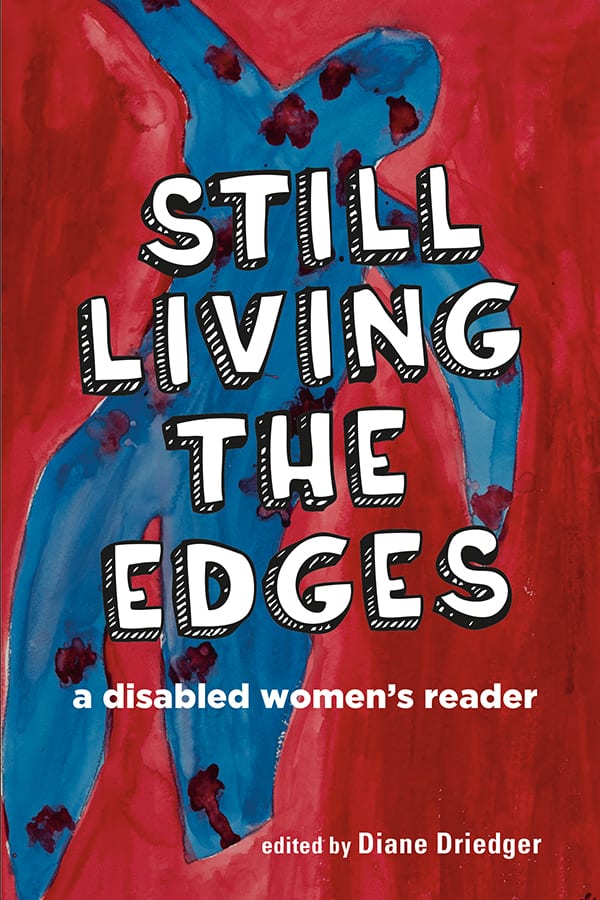

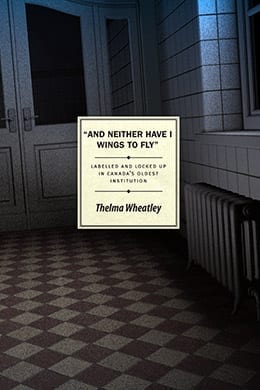
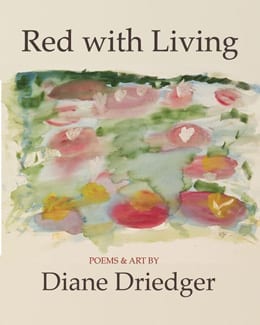
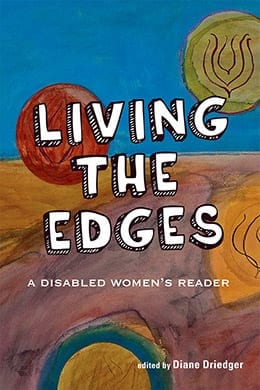
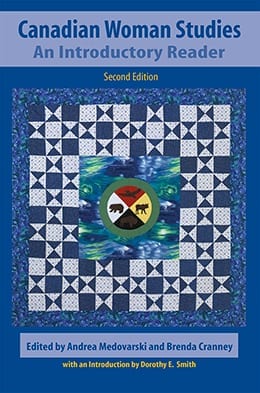
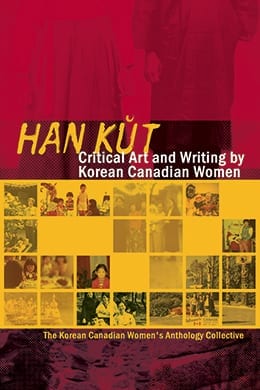

Reviews
There are no reviews yet.